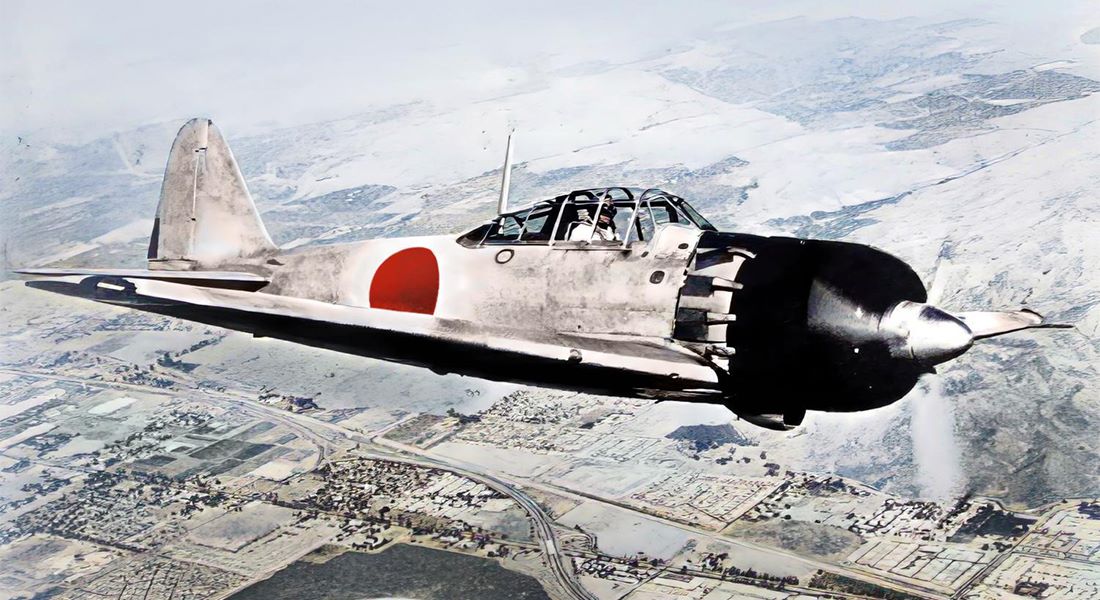During the tumultuous years of World War II, the skies witnessed countless daring maneuvers and intense dogfights. Among the many elite pilots that arose from this conflict, the ‘Japanese Aces’ held a reputation for their skill, precision, and bravery. These aviators represented the pinnacle of Japan’s air force, leaving an indelible mark on aviation history. This article delves into the remarkable journeys and battles of these Japanese Aces, shedding light on their contributions and legacies.
Tetsuzō Iwamoto
Victories: Approximately 80 confirmed, with some sources claiming as many as 200
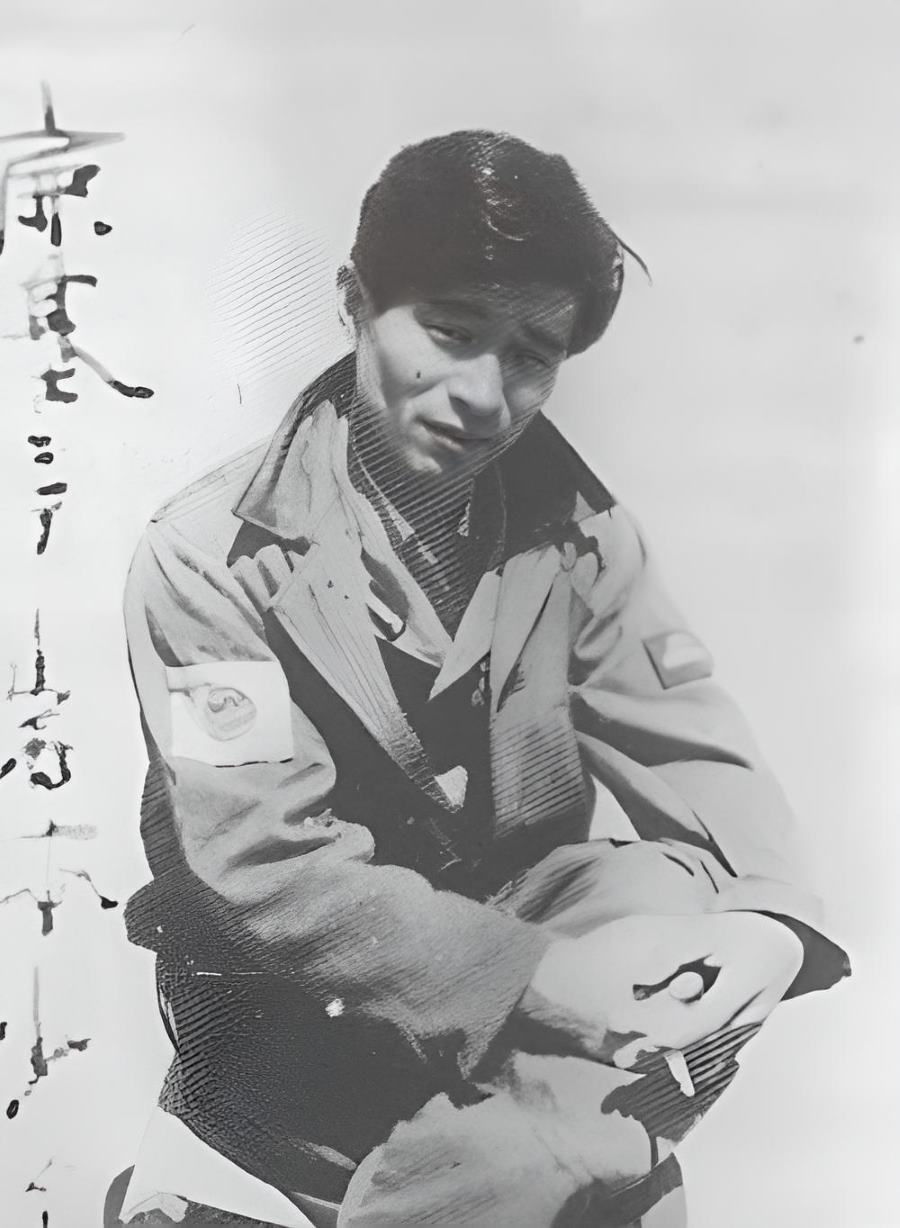
Tetsuzō Iwamoto was born on January 15, 1916. From a young age, he displayed an inclination towards aviation. Joining the Imperial Japanese Navy in 1934, Iwamoto soon became one of its elite aviators, showcasing his prowess in the cockpit of the Mitsubishi A5M and later the A6M Zero. His natural skills combined with rigorous training made him a formidable force in the skies.
As tensions mounted in the years leading up to World War II, Iwamoto’s combat experience grew. During the Sino-Japanese War, he claimed numerous victories, earning him the title of an “ace” even before the world was fully embroiled in the global conflict. Throughout World War II, Iwamoto’s reputation solidified as one of the top Japanese fighter aces, engaging in many intense dogfights over the Pacific. One notable encounter saw him fend off multiple enemy aircraft while ensuring the safety of his wingman. His exploits and combat prowess earned him the respect of both allies and adversaries.
Hiroyoshi Nishizawa
Victories: Over 80 confirmed, though some estimates suggest closer to 100
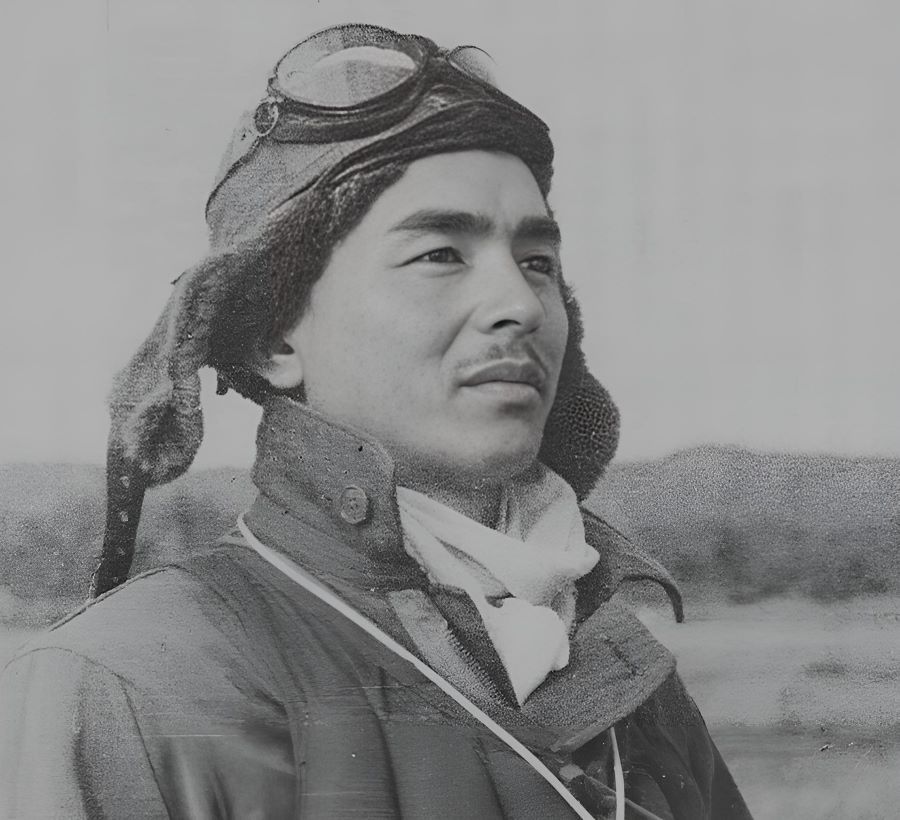
Born on January 27, 1920, Hiroyoshi Nishizawa showed an innate passion for flight from an early age. He enlisted in the Imperial Japanese Navy in 1936, and his exceptional skills as a pilot quickly became evident. Nishizawa flew primarily the Mitsubishi A6M Zero, a craft in which he demonstrated unparalleled mastery and agility. As he progressed in his career, he became a leading figure in his air group, guiding many novice pilots and exemplifying the essence of a Japanese ace.
Even before the full onset of World War II, Nishizawa made a name for himself during skirmishes in China, displaying remarkable aerial combat skills. As the Second World War progressed, he earned the nickname “Devil of Rabaul” due to his ferocity and skill in the skies above Rabaul, Papua New Guinea. One of his most legendary feats occurred in 1942, when he flew three daring solo sorties in a single day, each time returning with evidence of his aerial victories. Hiroyoshi Nishizawa’s fearless approach and combat finesse made him not just a legend in Japan, but also one of the most revered aces of the war globally. Nishizawa was killed in action in 1944, sealing his legacy as one of Japan’s greatest aces.
Saburō Sakai
Victories: 64 confirmed, with some sources suggesting numbers as high as 200

Saburō Sakai, born on August 25, 1916, would grow to be one of the most celebrated aviators of his time. Drawn to the skies, he joined the Imperial Japanese Navy in 1933 and underwent rigorous training to become a naval aviator. Over the years, he became synonymous with the Mitsubishi A6M Zero, mastering its capabilities and turning it into an extension of himself in aerial battles. Sakai’s unmatched skills and dedication quickly distinguished him among his peers.
Leading up to and during World War II, Sakai’s reputation in aerial warfare soared. He participated in various campaigns, from the invasion of the Philippines to the battles over the Solomon Islands. One of the most remarkable episodes from his career occurred in August 1942 when, after sustaining a severe head injury during a dogfight, Sakai managed to fly his damaged Zero for nearly five hours back to his base, demonstrating not only his piloting skill but also his extraordinary resilience and determination. Throughout the war, Saburō Sakai became an embodiment of the Samurai spirit, gaining respect and admiration from both his comrades and adversaries.
Satoru Anabuki
Victories: 51 confirmed, with some debates suggesting higher counts
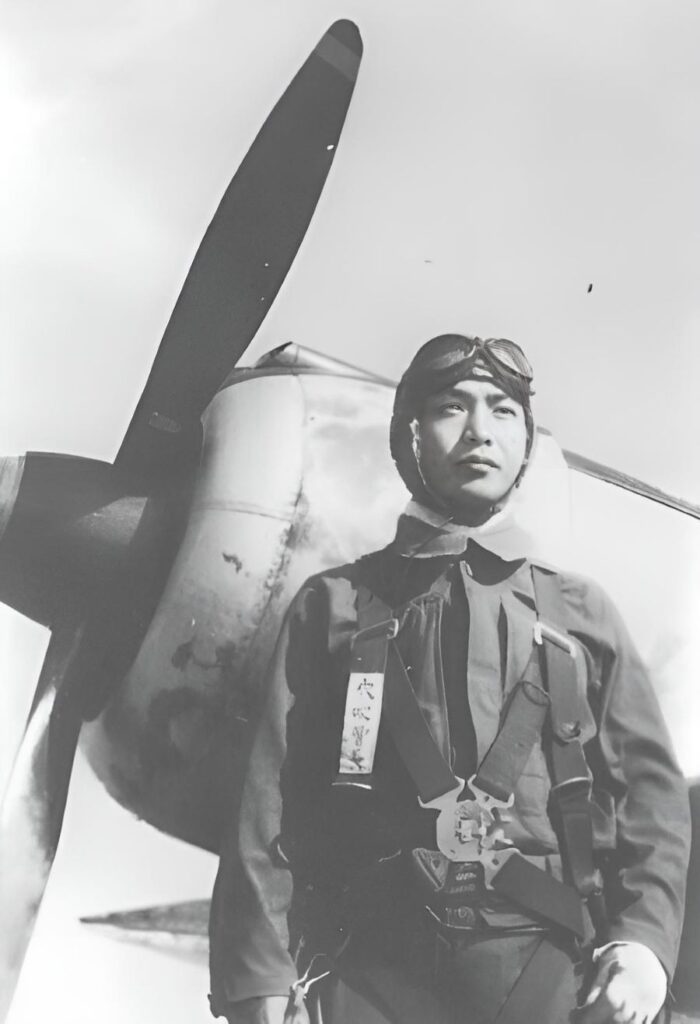
Satoru Anabuki was born on February 5, 1921. Even in his formative years, the allure of the skies beckoned him. Heeding this call, Anabuki joined the Imperial Japanese Army Air Force in 1938. Over time, he displayed exceptional proficiency in various aircraft, but his feats in the Kawasaki Ki-27 and later the Ki-43 Hayabusa set him apart. As he honed his skills, Anabuki emerged as one of the shining stars in Japan’s roster of ace pilots.
Before World War II’s broader conflicts, Anabuki gained combat experience during the early years of the Sino-Japanese War. As the war expanded, so did his list of accomplishments. One of the most memorable moments from his career occurred in 1942, when he claimed to have shot down five enemy aircraft in a single sortie over Burma, an event that would later be called “Anabuki’s Five at Once”. This feat, combined with his numerous other victories and tactical acumen, solidified Satoru Anabuki’s place as a legend in the annals of aerial warfare.
Yasuhiko Kuroe
Victories: Approximately 51 confirmed
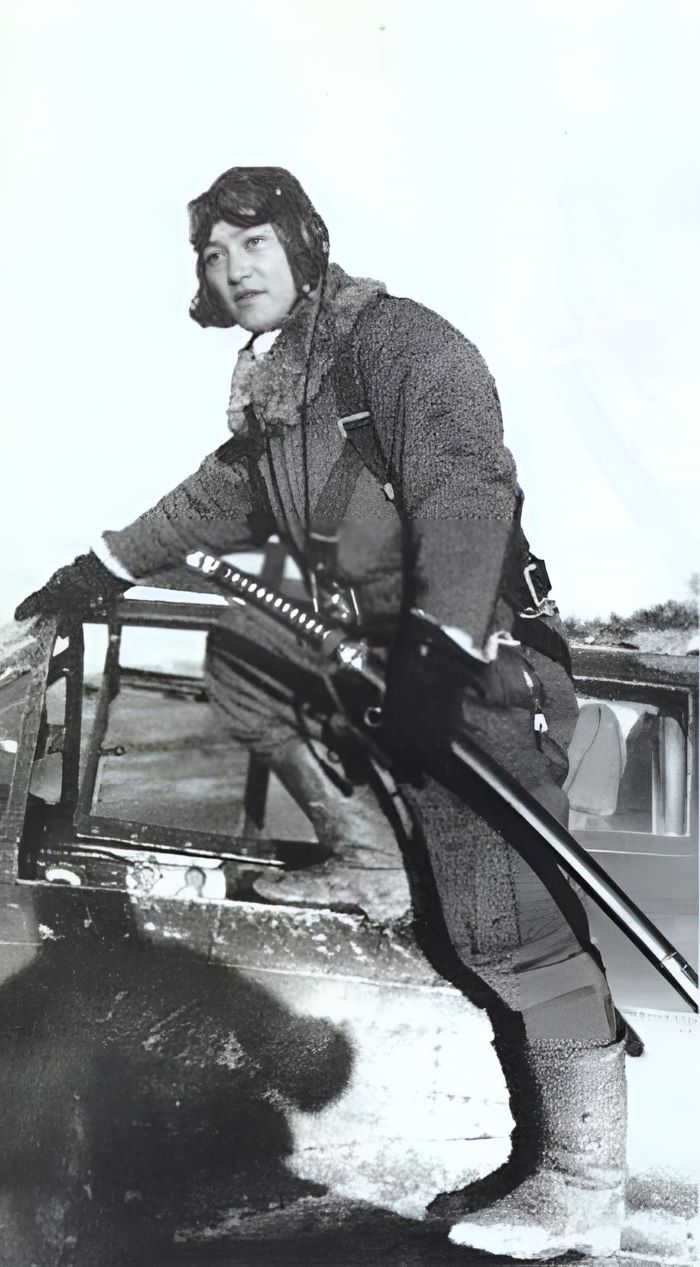
Yasuhiko Kuroe was born on December 7, 1918. Drawn to the excitement and promise of aviation, he entered service with the Imperial Japanese Navy, where he was trained as a pilot. The Mitsubishi A6M Zero became his primary aircraft, and he proved himself to be an adept and skilled pilot in its cockpit. Kuroe’s dedication and natural talent made him stand out among his peers, securing his place as one of Japan’s foremost aviators.
During the Second World War, Kuroe’s combat record was distinguished by his participation in key battles and his significant number of aerial victories. He was known for his tactical acumen, often outmaneuvering his adversaries in challenging dogfights. Each mission added to his reputation, and he quickly gained respect from both his allies and adversaries. Yasuhiko Kuroe’s contributions during the war serve as a testament to his skill, determination, and bravery.
There exists a substantial number of Japanese pilots who displayed unparalleled bravery and skill during World War II, making significant contributions to the aerial battles of the era. In this article, we have chosen to spotlight some of the most renowned among them, individuals whose feats and stories have become legendary. However, it’s essential to recognize that they were part of a larger cadre of dedicated and talented aviators. Each pilot, whether mentioned here or not, played a vital role in shaping the narrative of the war in the Pacific skies. Their collective bravery, sacrifices, and expertise serve as a testament to Japan’s formidable air power during this tumultuous period in history
Historical Challenge: Can You Conquer the Past?
Answer more than 18 questions correctly, and you will win a copy of History Chronicles Magazine Vol 1! Take our interactive history quiz now and put your knowledge to the test!

